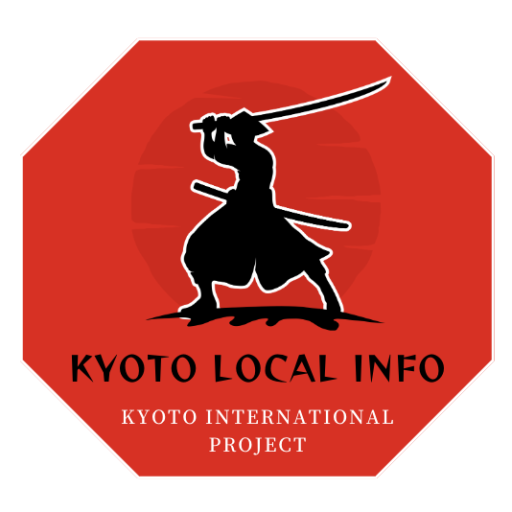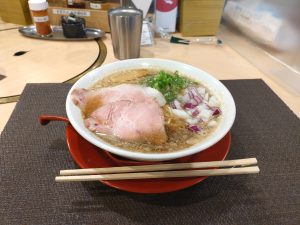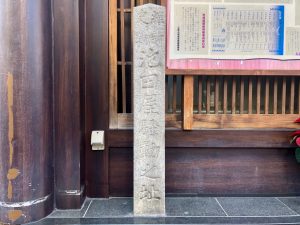Kyoto and Nakagyo Ward History: "The August 18 Coup d'État ~ The Ikedaya Incident"
The political upheaval of August 18th
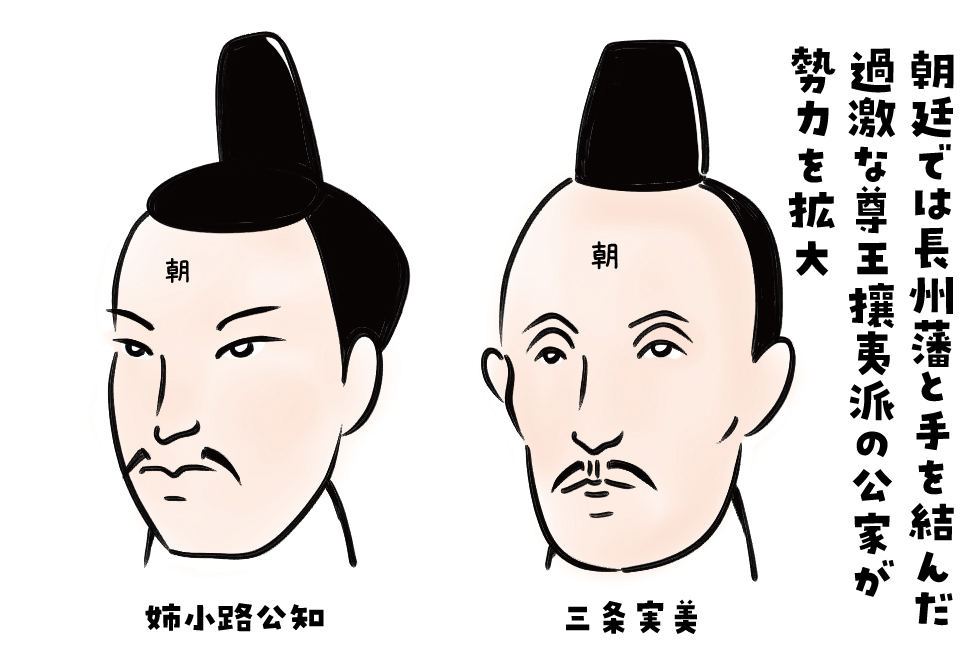


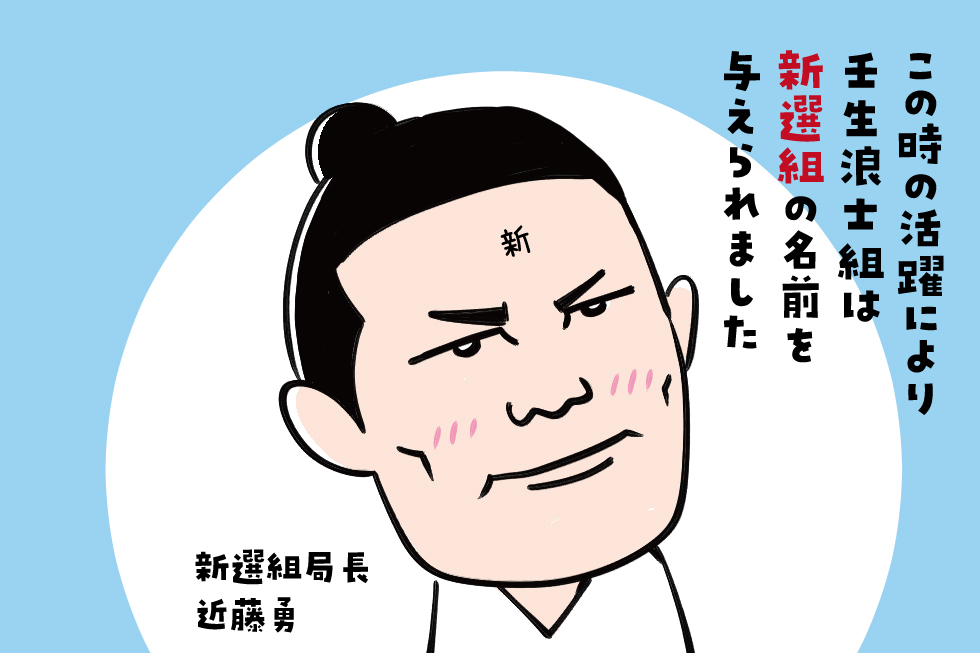
In Kyoto, a radical Sonnō jōi faction centered around the Chōshū domain emerged, and Sonnō jōi-affiliated court nobles such as Sanjō Sanetomi and Anegakōji Kintomo expanded their influence, aligning with Chōshū.
In response, the Kobu-Gattai faction sought to regain control. The Satsuma domain, part of the Kobu-Gattai faction, approached the Aizu domain, which held the position of Kyoto Shugoshoku, and planned to expel Sonnō jōi-affiliated court nobles and the Chōshū domain from the imperial court.
On August 18, 1863, troops led by the Aizu and Satsuma domains blockaded the nine gates of the Kyoto Imperial Palace and carried out a coup. As a result, Sonnō jōi-affiliated court nobles were forbidden from entering the palace and were ousted from power. Chōshū, which had been responsible for guarding the Sakaimachi Gate, was relieved of its duty.
This event is known as the "August 18th Political Incident." Subsequently, Sonnō jōi-affiliated court nobles like Sanjō sought refuge in Chōshū.
The Mibu Rōshigumi, which was tasked with guarding the palace during this time, was recognized for its work and later given the name "Shinsengumi" after the incident.
The August 18th Political Incident swept away the power of the Sonnō jōi faction and the Chōshū domain, strengthening the influence of the Kobu-Gattai faction. From then on, the patriots would operate covertly.
Meaning of Terms:
- Kyoto Shugoshoku: A position responsible for guarding the imperial court and maintaining public order in Kyoto.
- Aizu Domain: A domain that controlled parts of present-day Fukushima Prefecture, western Niigata Prefecture, and some parts of Tochigi Prefecture.
- Chōshū Domain: A domain that controlled present-day Yamaguchi Prefecture.
- Sonnō jōi: A political ideology advocating reverence for the Emperor and the expulsion of foreigners.
- Kobu-Gattai: An ideology advocating cooperation between the imperial court and the shogunate.
- Kuge (公家): Aristocrats who served the imperial court.
- Satsuma Domain: A domain that controlled the southwestern parts of present-day Kagoshima Prefecture and Miyazaki Prefecture.
- Kyoto Imperial Palace: The imperial residence until the end of the Edo period.
- San'nai: The act of attending the imperial court for official duties.
The Ikedaya Incident
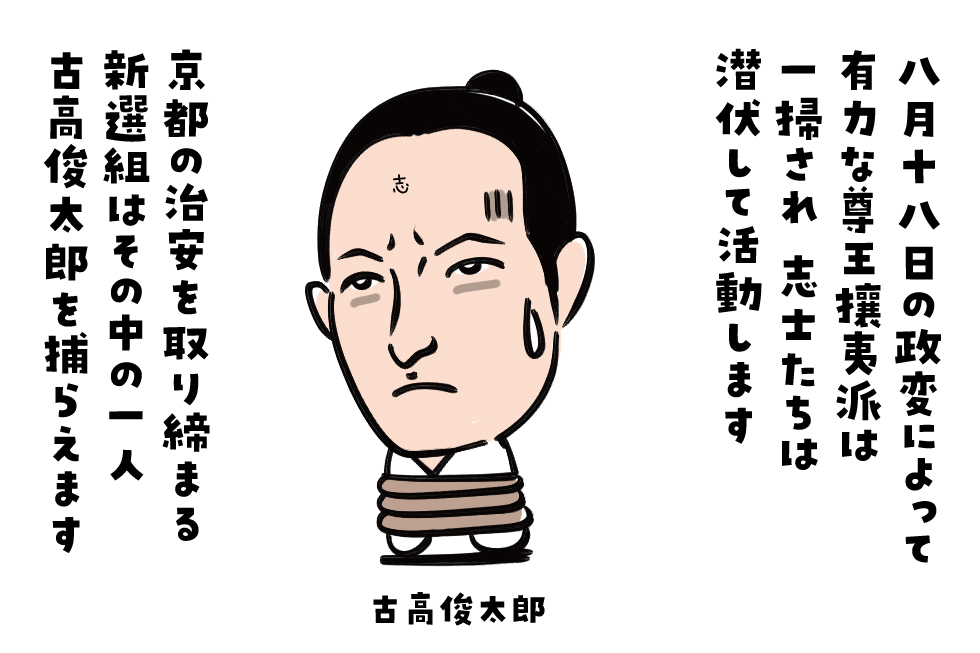
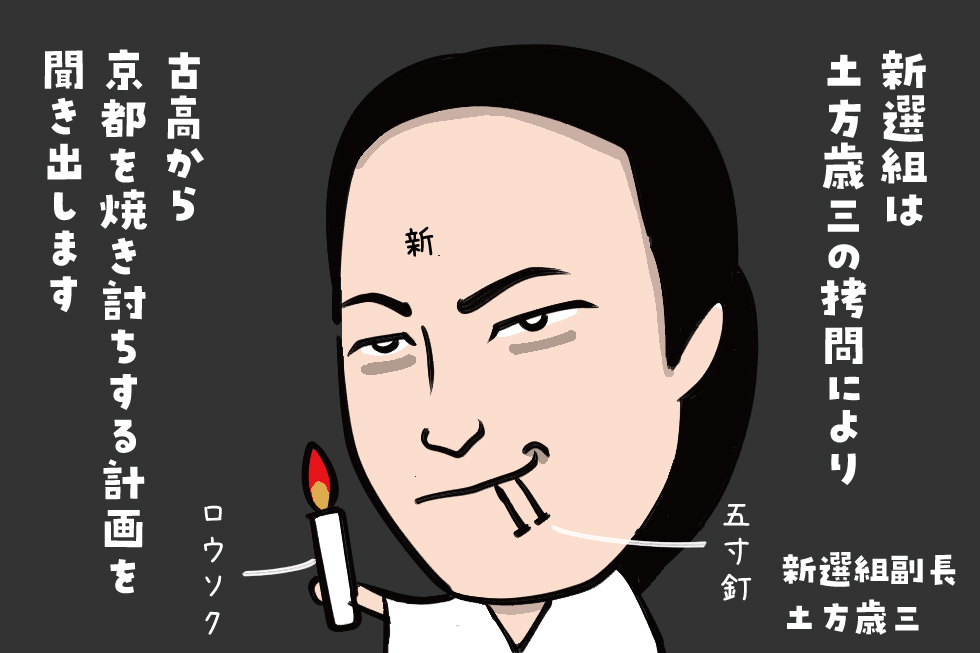
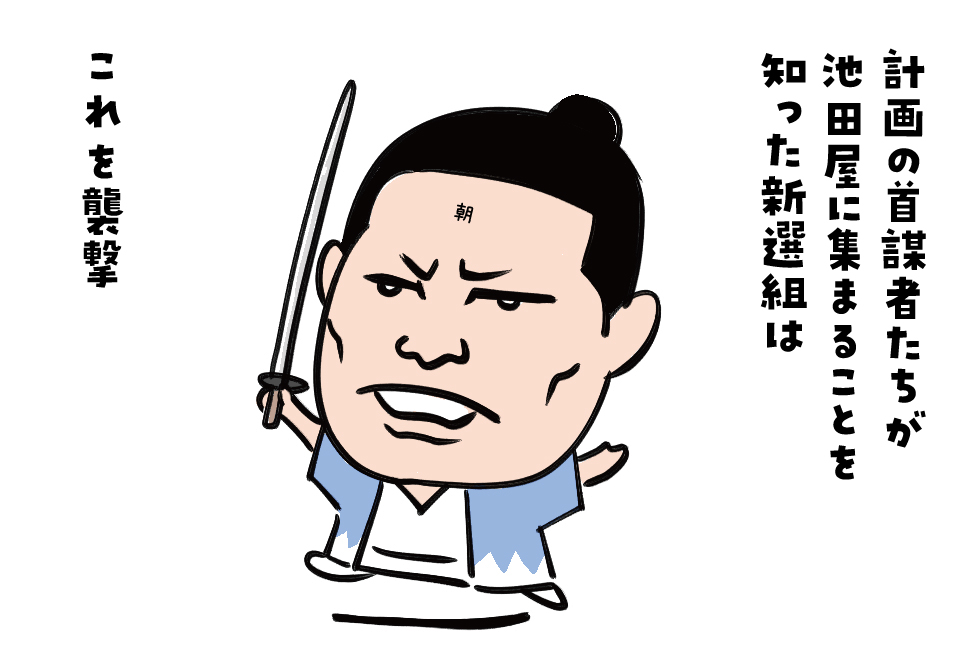

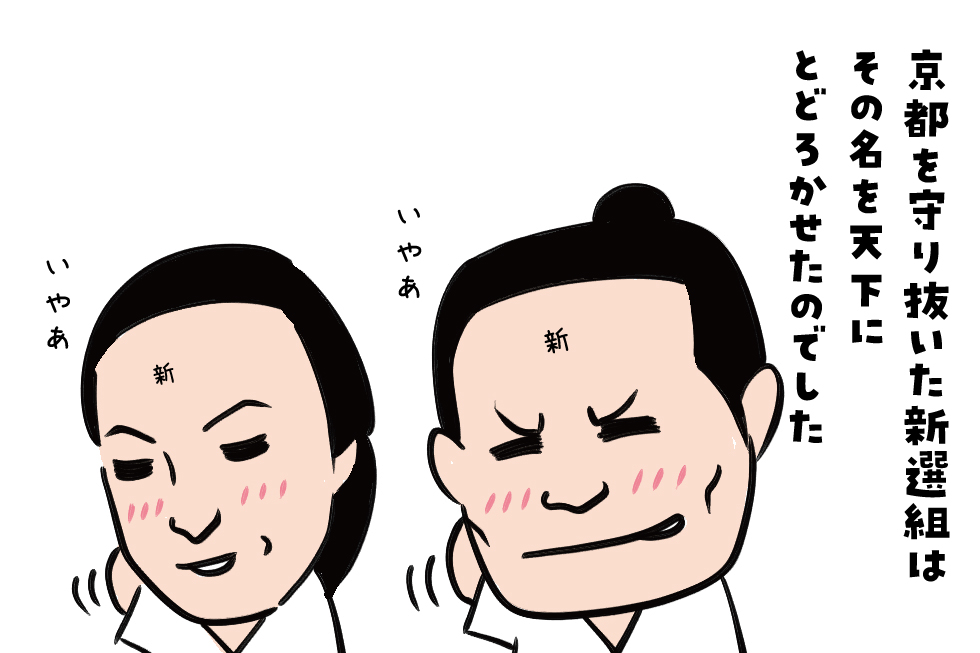
The Choshu clan fell from power, but the radical Sonno joi patriots remained hidden in Kyoto, plotting to regain their influence. The Shinsengumi, responsible for maintaining security in the city, conducted searches for Sonno joi sympathizers.
In June 1864, the Shinsengumi captured Kiyuemon Masuya, who ran a charcoal shop in Shijo. Masuya Kiyuemon was actually Toshitaro Furutaka, a Sonno joi sympathizer from Omi Province.
The vice commander of the Shinsengumi, Toshizo Hijikata, tortured Furutaka, extracting a confession about the Sonno joi's plans. Their scheme involved setting fire to Kyoto, imprisoning Prince Asahiko Nakagawa of the Nakagawa family, assassinating Yoshi nobu Hitotsubashi and Katamori Matsudaira, and kidnapping Emperor Komei to Choshu.
In order to thwart this plan, the Shinsengumi continued their investigation, discovering that the masterminds were gathering at the Ikedaya Inn, a traveler's inn in Sanjo. The Shinsengumi attacked, killing and capturing many Sonno joi sympathizers.
This event became known as the Ikedaya Incident or Ikedaya Affair. As a result, many influential figures among the Sonno joi, such as Teizou Miyabe of Higo and Ryoma Sakamoto, one of the "Four Braves" of the Shoka Sonjuku in Choshu, lost their lives. It is said that this incident delayed the Meiji Restoration. On the other hand, the Shinsengumi, who defended Kyoto, became renowned throughout the country.
Meanings of Terms:
近江(Oumi): Present-day Shiga Prefecture.
肥後(Higo): Present-day Kumamoto Prefecture.
松下村塾(Shokasonjuku): A private school in Choshu (present-day Yamaguchi Prefecture) during the late Edo period, which produced many Sonno joi patriots. The "Four Heavenly Kings" also included Takasugi Shinsaku, Kusaka Genzui, and Irie Kyuichi.
During that time, in Nakagyo Ward:
The Shinsengumi, who played an active role in the August 18th political upheaval and the Ikedaya Incident, were stationed in Minami in Rumoi as their base.
The storeroom where Hijikata Toshizo tortured Furutaka Shuntaro remains preserved in the "Former Maekawa Residence."
Ikedaya subsequently went out of business, and a monument now stands at the site.
Former Maekawa Residence

The Maekawa family were local samurai in Minami. During the Ikedaya Incident, their residence was used as a base for the Ronin Group.
The torture of Furutaka Shuntaro by Hijikata Toshizo took place in the eastern warehouse of the Maekawa residence. This eastern warehouse still remains today.
Currently, it is a private residence, and the interior is not open to the public. However, every Saturday, Sunday, and public holiday, sales of Shinsengumi goods and original Maekawa residence goods are conducted at the entrance.
Former Maekawa Residence
49 Mibu Gayosocho, Nakagyo-ku, Kyoto City
https://kyu-maekawatei.com/
Ikedaya
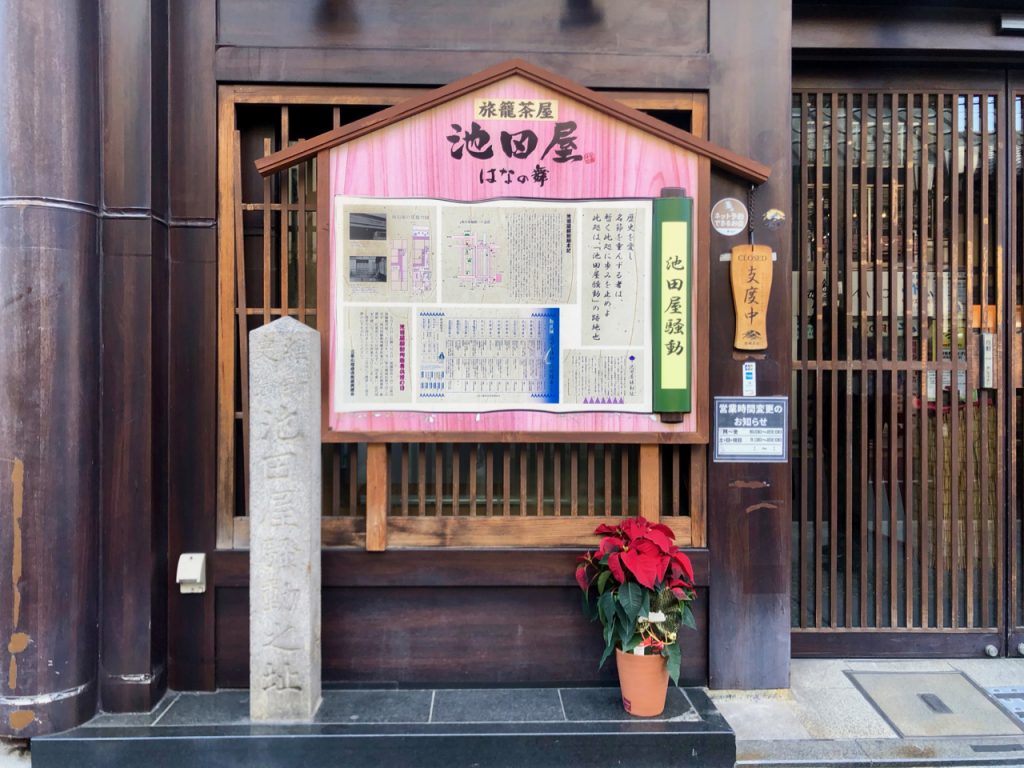
Ikedaya was an inn located in Sanjo Kiya-cho. It continued to operate for a while after the Ikedaya Incident but later went out of business. Until around 1960, the original building remained, but it was later demolished, and now a izakaya themed around the Shinsengumi called "Kaisen Chaya Ikedaya Hana no Mai" operates there. In front of the shop, there is a monument inscribed with "Ikedaya Incident Site."
Ikedaya Incident Site
78 Nakajima-cho, Nakagyo-ku, Kyoto City
To be continued in "The History of Kyoto and Nakagyo Ward: The End of the Edo Period Part 5" next time.
References
- "Shonen Shoujo Nihon no Rekishi" (Boys and Girls Japanese History), Shogakukan.
- "Kenshi 26: Kyoto Prefecture History," Yamakawa Publishing.
- Oishi Manabu, "Shinsengumi: Saigo no Bushi no Jitsuzo" (The Shinsengumi: The True Image of the Last Samurai), Chuko Shinsho.
- Shiba Ryotaro, "Shiba Ryotaro no Nihonshi Tanko" (Ryotaro Shiba's Exploration of Japanese History), Kadokawa Bunko.
- Weekly Asahi Editorial Department, "Shiba Ryotaro no Bakumatsu Ishin 1" (Ryotaro Shiba's End of the Edo Period and Meiji Restoration 1), Asahi Bunko.
Author Profile

- 大阪で生まれ育ち、SEやDTPデザイナー・オペレーターを経て、京都の某情報誌でいつのまにか編集・ライターになってました。読書と酒と犬をこよなく愛し、面白そうなことに首を突っ込みます。
Latest entries
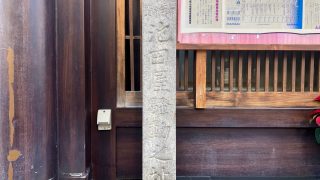 article2024-01-17Here are four locations associated with Yoshida Toshimaro and the "Ikedaya Incident," which brought fame to the Shinsengumi and delayed the Meiji Restoration.
article2024-01-17Here are four locations associated with Yoshida Toshimaro and the "Ikedaya Incident," which brought fame to the Shinsengumi and delayed the Meiji Restoration. trivia2023-12-15Kyoto and Nakagyo Ward History: "The August 18 Coup d'État ~ The Ikedaya Incident"
trivia2023-12-15Kyoto and Nakagyo Ward History: "The August 18 Coup d'État ~ The Ikedaya Incident"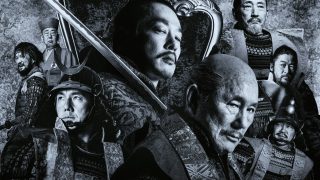 article2023-11-24"Kitano's World" depicts an unseen "Incident at Honnō-ji" Watching the movie "Kubi," we embark on a pilgrimage to Honnō-ji.
article2023-11-24"Kitano's World" depicts an unseen "Incident at Honnō-ji" Watching the movie "Kubi," we embark on a pilgrimage to Honnō-ji.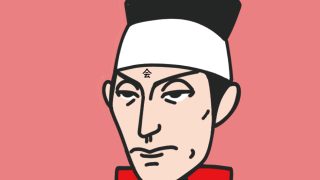 local2023-11-18The History of Kyoto and Nakagyo Ward: The End of the Edo Period Part 3 - "Birth of the Shinsengumi"
local2023-11-18The History of Kyoto and Nakagyo Ward: The End of the Edo Period Part 3 - "Birth of the Shinsengumi"
